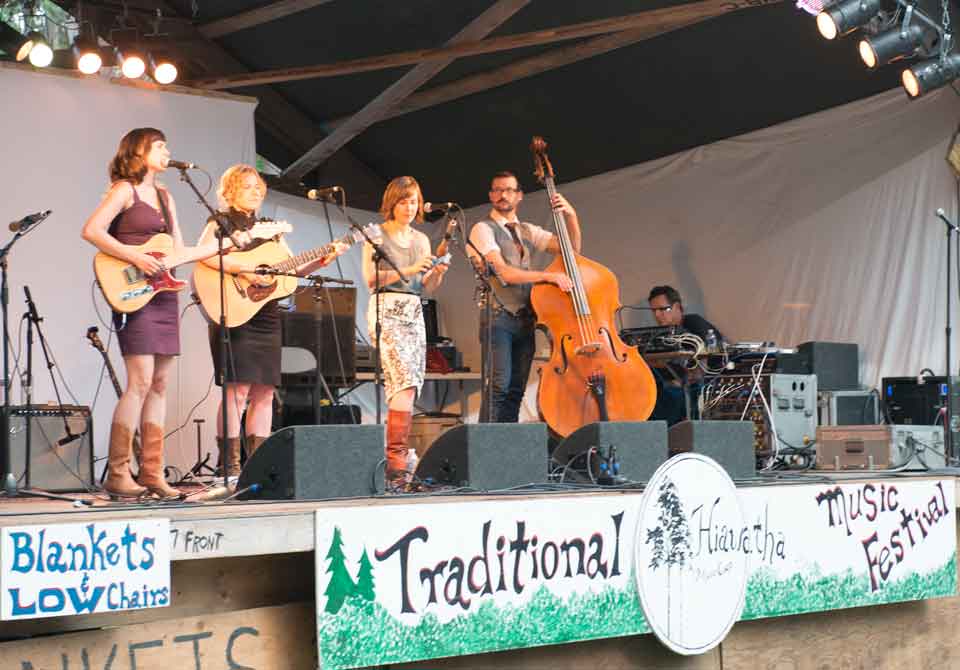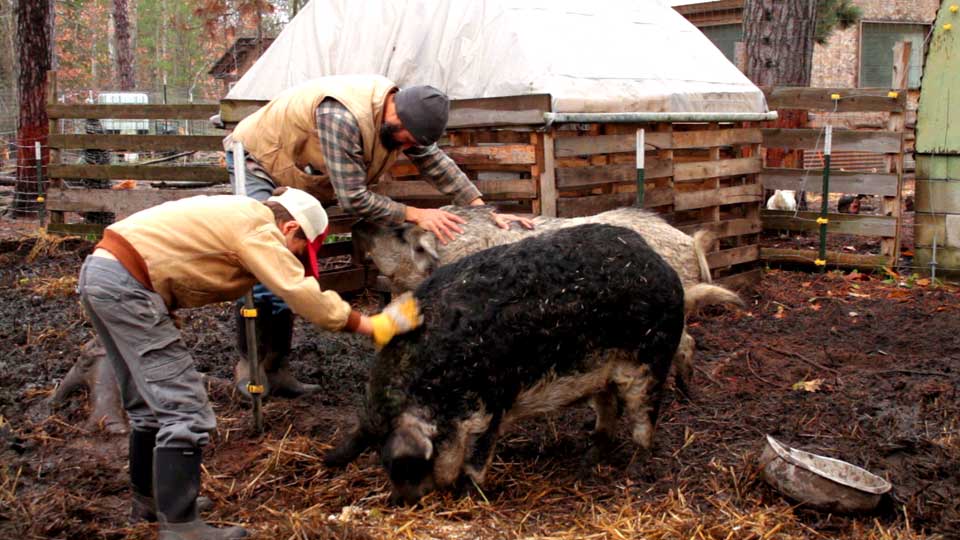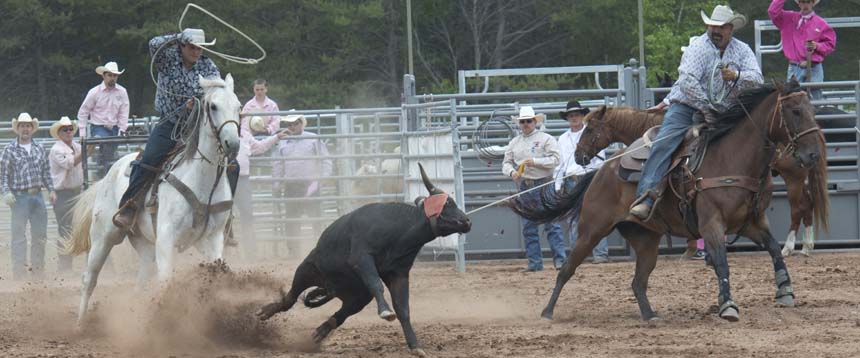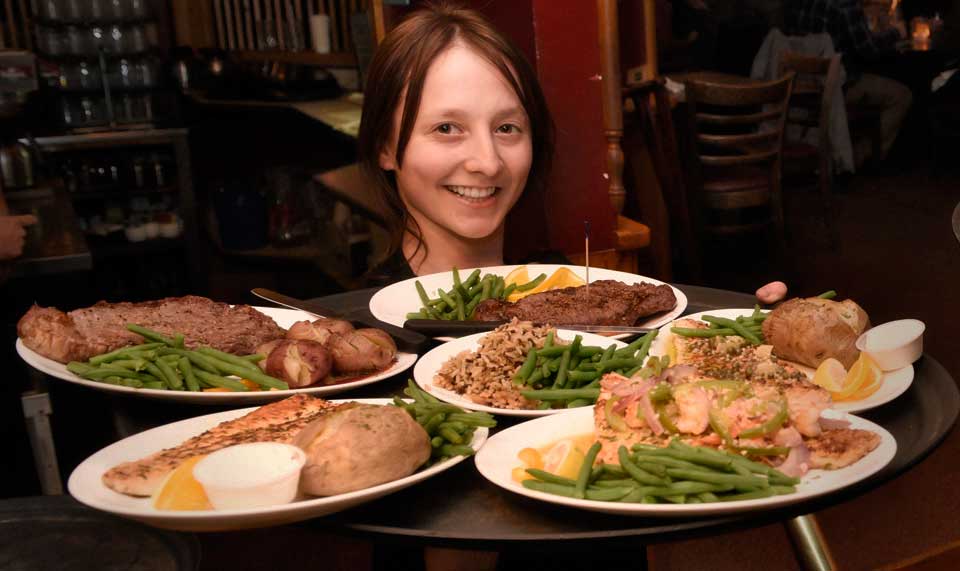So You’re Not a Hop-Head
CRAFT BEER ENJOYMENT FOR THE REST OF US
By David Gill
Marquette, MI – OK, I get it. You don’t like hoppy beer. It’s not everyone’s cup of tea, or maybe I should say mug of ale. But it seems like hoppy beers are everywhere, and the hop-head crowd just can’t get enough of that bitter, complex taste sensation. Let’s face it: hops are trendy right now.
If you’re not a hop-head, you might feel like you’ve fallen through the cracks in the craft beer revolution. Well let’s put that idea to rest. You can certainly enjoy craft beers, and even become a bona-fide beer snob without ever plunging into the world of hoppy beers. But a little knowledge about them will go a long way. Knowledge, after all, is power, and I’m here to help.
There are hops in almost every beer you will ever drink, and they make significant flavor and aroma contributions to even the least “hoppy” beer styles. Why are they there? There are many reasons, including preventing beer spoilage, but the main reason is that they provide flavor and aroma balance to a beverage that could otherwise be bland and even a bit sweet.
Prior to the widespread use of hops in beer beginning around the 13th century, brewers used a mixture of ingredients including bitter herbs and berries, wormwood, evergreen boughs, flowers, spices, and sometimes less palatable ingredients. These mixtures were collectively called “gruit,” and were so important to brewing that local churches and governments did their best to control and tax the gruit trade. To make a long story very short, once hops came onto the scene, gruit all but disappeared, and today nearly 100% of beers contain hops as the only bittering ingredient.
There are some simple rules of thumb regarding hops in beer. First, dark beers are rarely hoppy, and if they are, their name will reflect it. Stout, for example, is a very dark beer, and although it has some bitterness from dark-roasted grains, there should be little or no hop bitterness in a stout unless it is called a hoppy stout. The same goes for porter, black ale, and most other visibly dark styles, as well as brown ales and amber ales. So if you don’t like hops, you are safer drinking a darker-colored beer.
There is a tool you should learn about called the “IBU Scale.” It is the most common way to measure hop bitterness in a beer and is calculated using a formula that takes into account how bitter the hops used, the quantity used, and how long they were boiled. It is important to understand the IBU Scale whether you are a hop-head or not. A beer with 0 IBU would have no hops at all, while the human pallet maxes out at around 120 IBU, beyond which we lose the ability to taste more hops. Around 10-20 IBU is just enough to provide some balance to the malt, but you will not taste a noticeable bitterness. At 30 IBU, you will notice some hop bitterness, while at 40 IBU, the hops will be quite obvious but probably not overwhelming. Around 50-60 IBU is where beer starts to taste quite bitter, and I would suggest you avoid anything over 40 IBU if you don’t like a hoppy beer.
Even for the non-hophead, there are some good reasons to learn more about hops. First, you want to be able to talk knowledgeably about the beer you are drinking and hold your own in a craft beer conversation. Second, you may eventually want to branch out into beers that have just slightly more hops than the ones you are drinking now, and you want to do it on your own terms.
The first thing you need to know is how to properly approach a new beer, and this means using your eyes and nose first. Don’t just go straight for that first sip, as tempting as it may be. Evaluating your beer properly will make you look sophisticated, but more importantly, it will actually prepare your pallet for that first sip.
First take a look at your beer:
- Hold it up to the light and evaluate its color, clarity, and head.
- Look for bubbles rising in the beer, note the thickness and color of the head, and form an overall impression of the beer from its visual characteristics.
- If the beer is dark, it may have flavors and aromas of bread crust, burnt toast, coffee or chocolate, and it may have dark fruit flavors such as raisins, prunes, or figs. Brown beers may be nutty or toasty tasting, while ambers may have malty, bready, or caramel flavors and aromas.

Holding your glass up to the light and taking a good look is the first step in preparing to truly taste your beer. (HappyAlex – Fotolia)
After your eyes, use your nose. This is where you can start to prepare your pallet for the flavors you will soon taste, including those from hops. It’s important to prepare your pallet properly, especially where strong flavors are concerned, and hops can definitely bring some strong flavors to the table.
I compare tasting beer to trying a new food. Have you ever eaten a kumquat? If you bit right into one without knowing what to expect, the taste would be shocking. But if you knew that it was going to have a strong citrus peel flavor with some sweetness coming shortly after, then you would be ready for that initial burst of tartness and not be so shocked by it. If you don’t know what to expect, you may dislike kumquats, whereas proper expectations will set you up for an intensely flavorful treat. Beer can be like that too, with craft beers representing a wider range of flavors than all the styles and varietals of wine in the world.
So use your nose to prepare your pallet. Take two short sniffs, followed by a longer, deeper inhalation through the nose, then let it out slowly, also through the nose. This will engage your sense of smell more fully since it will stimulate both your orthonasal (inhaling) and retronasal (exhaling) sensations. Remember those words; next time you taste beer with your beer snob friends, you might need them. Oh, you’re not picking up a piney aroma? Well, I’m mostly getting it in my retronasal. Get your nose right next to the beer, inhale, exhale.
Think about the aromas, and prepare your pallet so the flavors won’t be a total surprise.
Every hop variety brings more to the table than just bitterness. To guide your thought process as you explore the aromas, you should know some of the most common flavors imparted by hops. Besides that distinctive bitter hoppy aroma, other hop-derived flavors can be:
- piney
- herbal
- floral
- citrus
- tropical fruity
- earthy
- spicy
Yes, you might actually smell hints of mango or fresh pine trees. You might smell lavender or licorice. Then there is the classic grapefruit peel aroma found in Cascade hops, a common variety in many American IPAs. These aromas and flavors are not in your imagination; hops produce many essential oils and flavor compounds, and many of these are the same ones found in herbs, fruit, or flowers. It’s best to let your nose search these flavors out before you taste them so your pallet will be prepared.
So you don’t like hoppy beer? There is still a whole world of delicious craft beer out there to enjoy and explore, and who knows…maybe your craft beer journey will eventually take you to hoppier heights than you ever imagined. Either way, a little knowledge of hops will help your craft beer experience be a better one, and put you in charge of your own pallet. Now get out there and hoist a pint, but don’t forget to use your eyes and nose first. Prost!
* For more info about the club and additional monthly events visit their website by clicking this link: Marquette Home Brewers
Check out more great articles on craft beer & homebrewing by the Marquette Home Brewers:
- Exploring Belgium Beer
- Why To Try a “Craft Beer”
- A Sustainable Approach To Homebrewing
- 3 Basic Homebrewing Methods
















You must be logged in to post a comment Login